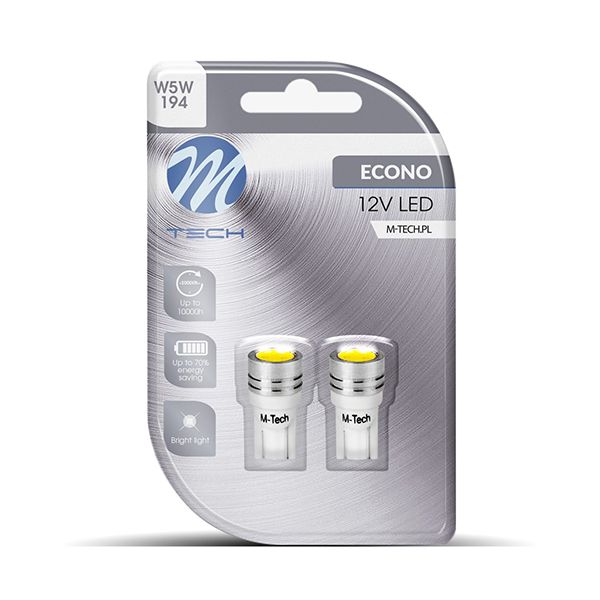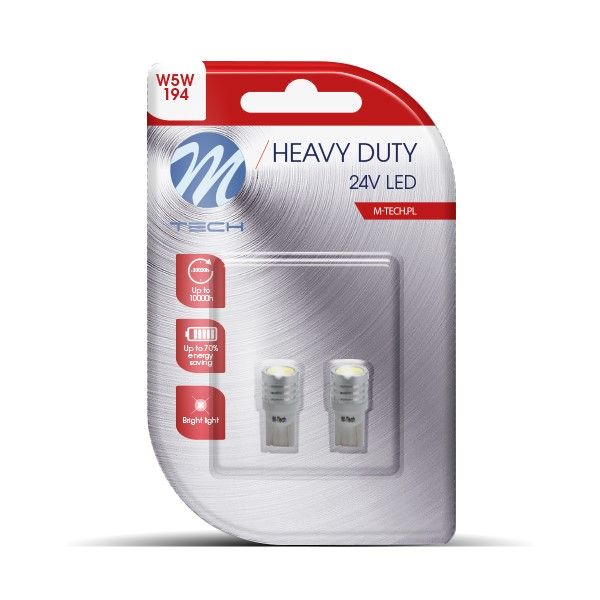Trends in automotive lighting development!
There is currently a rapid development of top lighting installations in vehicles. Modern technologies such as laser lights and LED matrices are at the forefront of innovation. Systems based on LED matrices allow precise control of the light, adapting it to the road conditions. In addition, there is a drive for greener and more durable solutions, resulting in continuous improvements in the efficiency and durability of automotive lighting.
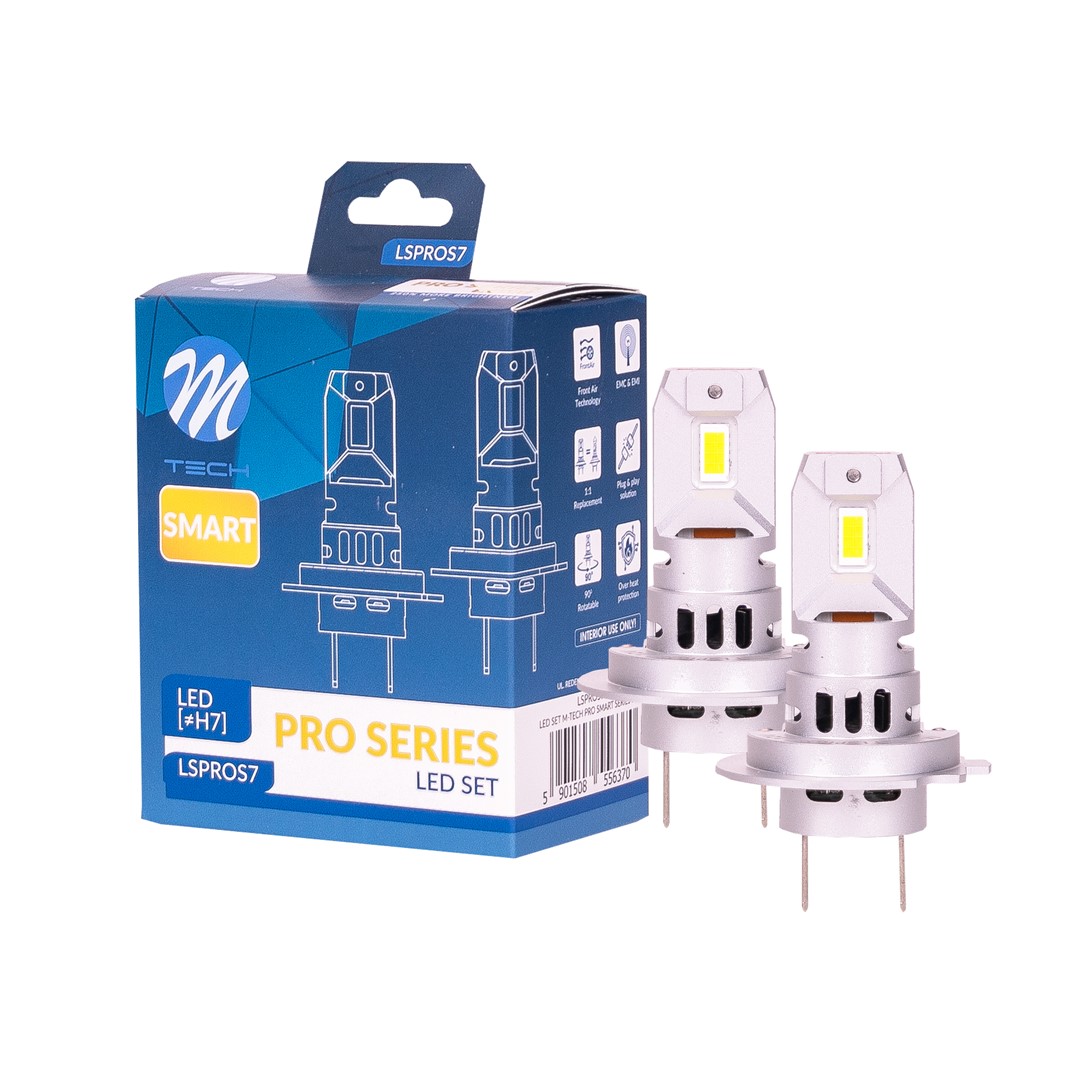
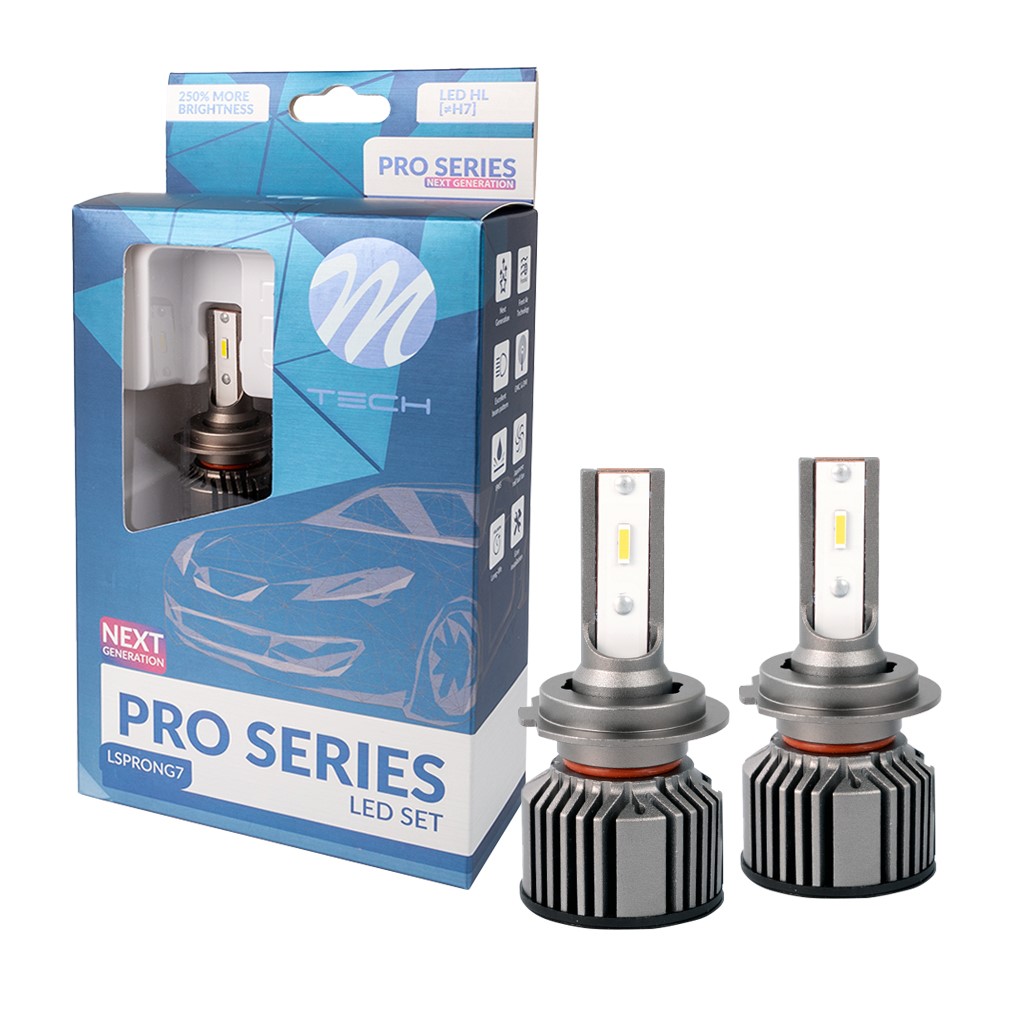
LED retrofits as a replacement for incandescent bulbs - is something changing in the regulations?
At present, it is only possible to follow information about the liberalization of regulations in other European countries, such as the Czech Republic, which, after Germany, Austria and Spain, has conditionally allowed the use of retrofits in selected car models. In Poland, the Motor Transport Institute conducted several studies confirming the safe use of retrofits in cars, which ultimately resulted in the conditional approval of these vehicles. However, this has not influenced any moves to allow retrofits for road use.
Legality of bulb-to-LED conversion
Currently, it is possible to legally replace a traditional incandescent bulb with its LED equivalent for certain applications. LED retrofits can be used inside the vehicle, for example as replacements for W5W or C5W incandescent bulbs for car interior lighting. When LED retrofits are used as headlight sources, there is the possibility of conditional approval. The procedure is arduous and leads through the Motor Transport Institute in Warsaw and expert opinions. Apart from the questionable cost-effectiveness of such a procedure, the ITS is not interested in conducting this type of research on a mass scale.
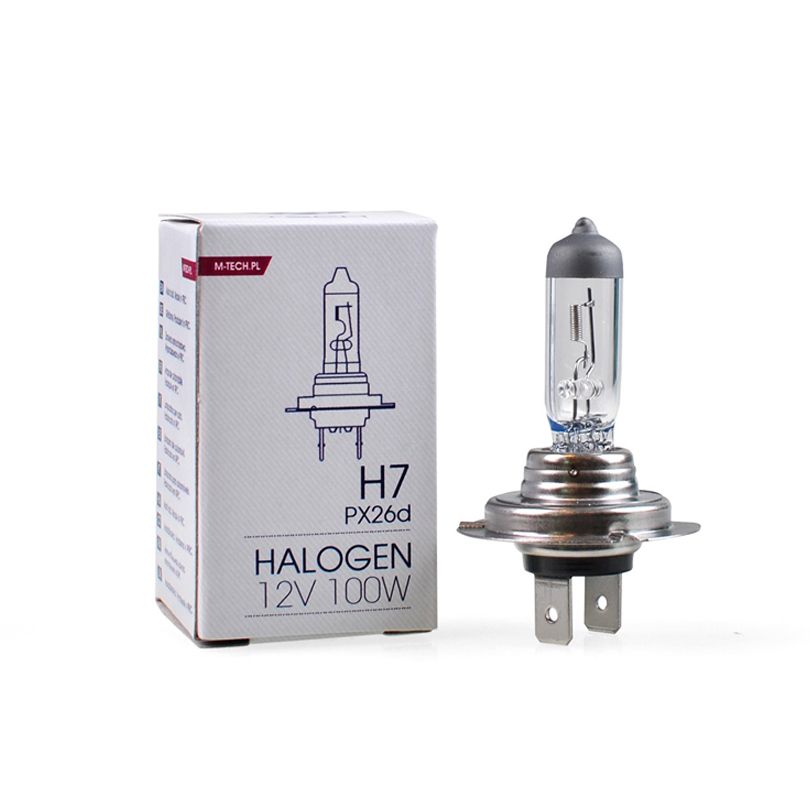
Stronger bulb and quality of light
Using a more powerful bulb, e.g. a higher wattage bulb such as a 100W H7 instead of a standard 55W bulb, will actually increase the amount of light emitted. This is particularly noticeable in traditional incandescent bulbs.
Risks associated with replacing a bulb with a more powerful one:
Replacing it with a more powerful bulb carries several potential risks. First and foremost, the higher operating temperature of such a bulb can damage the reflector or shade. In addition, it is necessary to ensure that the power supply wires and contacts are properly designed to withstand the higher current load. Furthermore, electronic systems that monitor the operation of the lighting can detect increased power consumption as a fault, which can result in an error message or even the disconnection of power to the lights.
In summary…
the development of automotive lighting includes modern technologies such as laser lights and LED arrays, but also requires caution and compliance when making changes to vehicle lighting.

Dawid Bystroń
Product Manager

